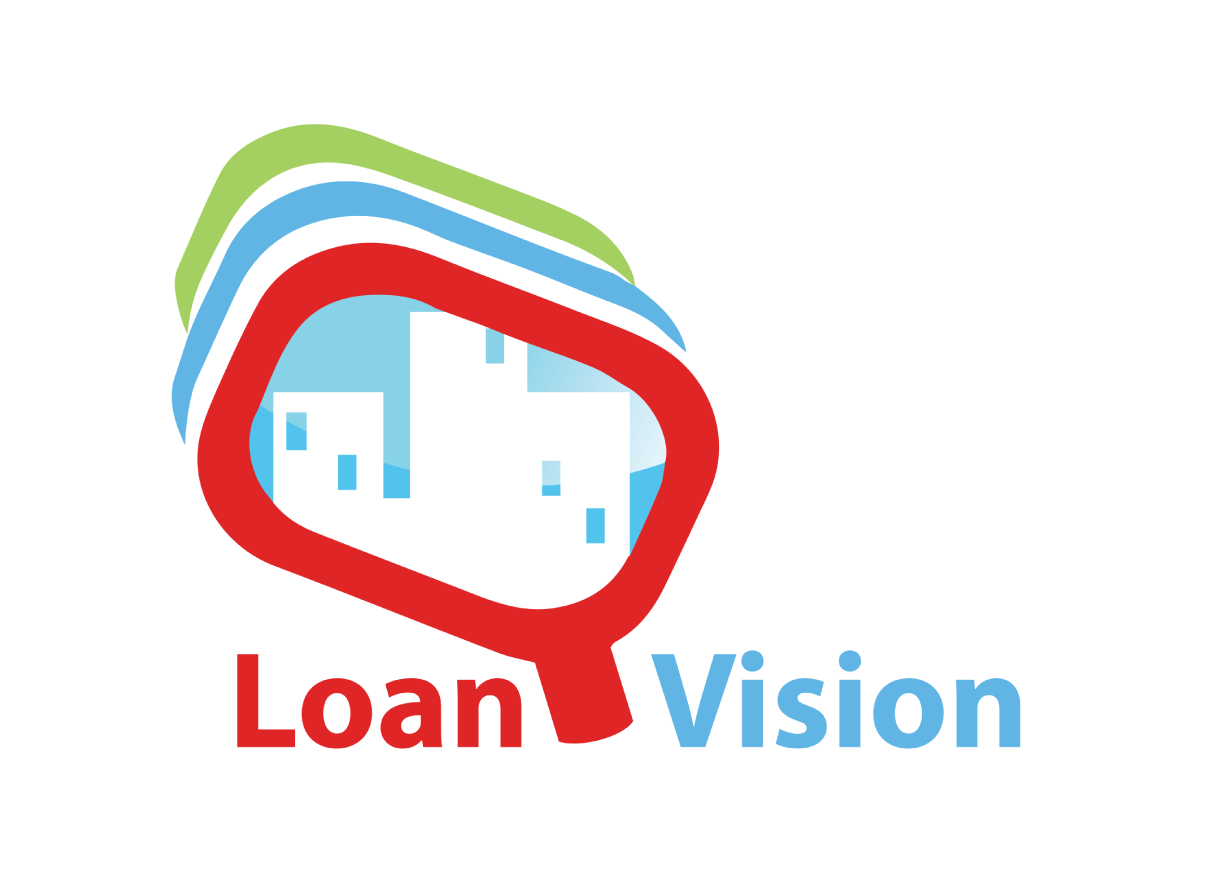Here is a list of our top pick news stories from the world of cloud technology.
Continue reading3. Who owns the relationship with the end customer?
This will depend on the engagement model chosen.
Under the white label model, where WatServ has no direct relationship with the end customer, the partner will own the relationship with the end customer.
On the other hand, under the direct model arrangement, WatServ will own the relationship with the end customer, but only as it relates to the services we provide.















